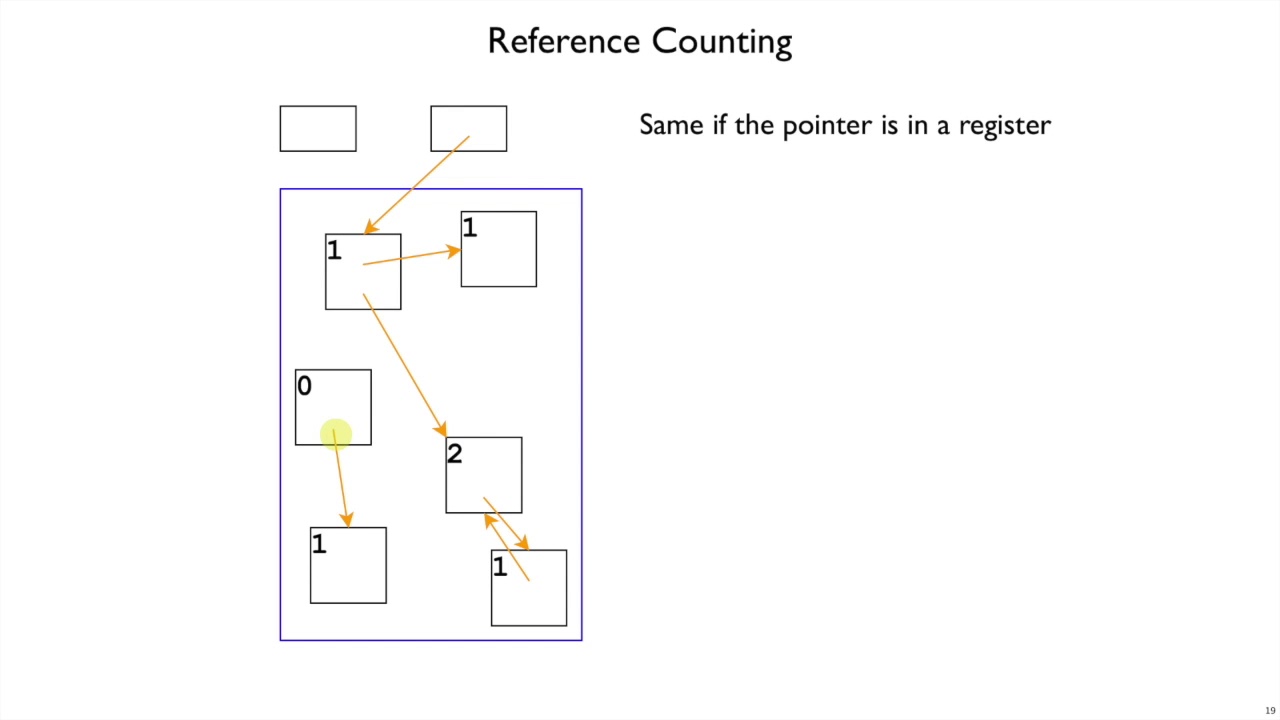Reference counting is a form of memory management used in certain programming languages. It is a method of ensuring that resources are released in a timely manner. The goal of reference counting is to prevent memory leaks by making sure that memory that is no longer needed is released.
Reference counting works by maintaining a count of how many references or pointers are pointing to a particular object. When the number of pointers to an object reaches zero, the memory allocated to the object is freed. This allows the memory to be reused.
Reference counting is used in some popular programming languages, such as Objective-C, Java, and the JavaScript V8 engine. It is also used in web browsers and text editors, as well as programming systems such as Apache Hadoop and Spark.
Reference counting is simple to use and can be easily implemented. However, there are some drawbacks to reference counting. It can lead to memory bloat, and its performance can be impacted if the number of references to an object is large. It is also not suitable for use in multi-threaded applications, as it does not guarantee atomicity.
Overall, reference counting is a useful technique that can be used to ensure that resources are released in a timely manner. The technique is simple to use and is implemented in many popular programming languages. However, it has some drawbacks that must be considered when deciding whether or not to use it.





